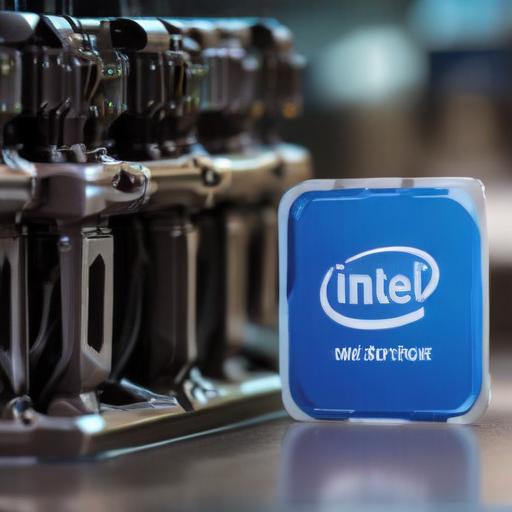Intel Corporation has recently made headlines with its announcement to shut down its automotive processor division and lay off most of its workforce within that segment. This news, which might typically be perceived as negative, surprisingly led to a surge in Intel’s stock price by over 6%, pushing shares into the $22.50 range.
This positive market reaction can be attributed to investors interpreting this decisive move as a strategic effort to create a more streamlined and focused organization. Investors appear encouraged by what they view as a prudent decision to prioritize core competencies that will foster long-term profitability.
The shutdown of the automotive unit, which focused on chips for vehicle infotainment and instrument clusters, allows Intel to redirect its resources—both capital and skilled engineering talent—toward more critical business areas, including its core Client Computing Group and burgeoning AI market. While the automotive division was not a significant revenue driver, the shift frees up resources for research and development in sectors where Intel faces stiff competition and has the potential for growth.
Importantly, this move does not impact Intel’s stake in Mobileye Global, a subsidiary focused on autonomous driving technologies. Mobileye, acquired in 2017 for over $15 billion, remains Intel’s key strategic investment in the transportation tech sector, indicating that Intel’s commitment to innovation in transportation continues unabated.
The decision to wind down the automotive division aligns with a pattern of financial discipline exhibited by CEO Lip-Bu Tan, reflecting a series of cost-saving measures aimed at improving Intel’s financial health. Notably, these decisions follow prior announcements regarding a workforce reduction of up to 20% in manufacturing and the outsourcing of marketing operations to Accenture.
By eliminating underperforming sectors and tightening operational focus, Intel is sending a strong signal to investors that it is serious about addressing the issues affecting its profitability. This disciplined approach gives investors hope for a future turnaround, presenting a clearer trajectory toward sustainable financial health.
The restructuring is framed within the context of a broader strategic realignment, aiming to enhance Intel’s competitiveness against rivals like AMD and NVIDIA, who have made notable gains through focused business models. Ultimately, the automotive division’s closure is seen as a significant step in reshaping Intel into a more formidable competitor in critical markets.
As Intel embarks on this journey of transformation, the positive market response underscores investor confidence in the company’s ability to navigate challenges and emerge successfully, reaffirming the belief that decisive actions can lead to growth and renewed vitality.
